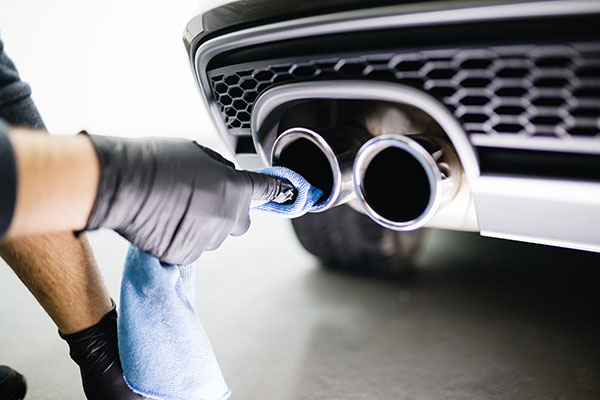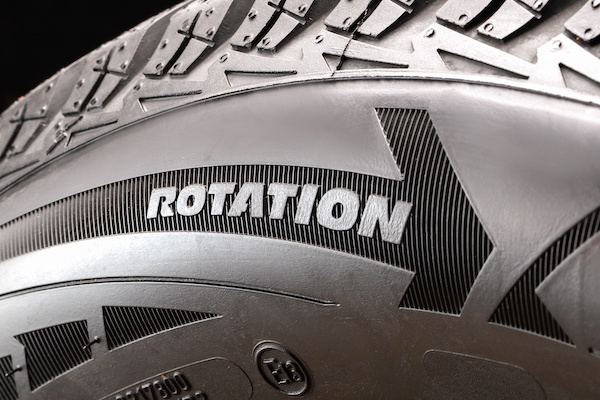Posted on 8/31/2023

Few automotive brands have left an indelible mark on the world quite like Volkswagen. From its humble beginnings to its global recognition today, the history of Volkswagen is a captivating tale of innovation, resilience, and iconic automobiles. Join us as we embark on a journey through time, exploring the rich history of Volkswagen and some of its most unforgettable models that have shaped the automotive landscape. The Birth of an Icon: Volkswagen's Origins The story of Volkswagen begins in the 1930s, amidst the economic turmoil in Germany. In 1934, the "People's Car" project was launched by the German Labour Front, with the aim of creating an affordable and practical car for the masses. The result was the iconic Volkswagen Beetle, a compact and quirky vehicle that would go on to capture hearts and become a symbol of a generation. Post-War Resurgence and the Beetle Phenomenon After World War II, Volkswagen found itself on the brin ... read more
Posted on 7/31/2023
.jpeg)
BMW's iDrive system is a cutting-edge infotainment and control interface that enhances the driving experience with its advanced features. Regularly updating the iDrive software is essential to ensure optimal performance, but if you are here, you probably have the following question: "How can it be updated?". Let's take a closer look at the guide below, and figure out how to update your BMW's iDrive system! Step 1: Check Compatibility and Requirements Before proceeding with the update, verify your BMW's compatibility with the latest iDrive software version. Check your vehicle's model year and ensure that it meets the requirements for the software update. Also, make sure your vehicle's battery is sufficiently charged to avoid any interruptions during the update process. Step 2: Downloading the Software To update your BMW's iDrive software, visit the official BMW website or contact your local BMW dealership to acc ... read more
Posted on 6/30/2023

To sum up the exhaust system's function and purpose, we can simply say that it gets rid of all the leftover gasses from the combustion process in the engine. And as with any other system or component in your vehicle, it’s destined to have issues. That's why we are here to learn about five of the most common exhaust system malfunctions and problems. Performance issues When talking about the exhaust system, performance is directly connected because of a few things. Firstly, if the leftover gasses in the cylinders aren’t exhausted properly, the intake of fresh air is impossible. Another part of the engine that relies on the exhaust system is the turbocharger. Simply put, improper exhaustion leads to the turbo not spinning, delivering less boost. Engine misfires Another sign of a malfunctioning exhaust system is engine misfires. While it might seem unlikely or not connected, if your exhaust system do ... read more
Posted on 5/31/2023
.jpeg)
Getting a smog check can sometimes feel like a nerve-wracking experience. As a responsible driver in New York, you want to make sure your vehicle meets the required emissions standards and passes the test with flying colors. To help you breeze through your smog check, we've compiled a list of essential tips and tricks that will lead you to successful results. Maintain Regular Vehicle Maintenance: Regular maintenance is crucial in keeping your vehicle's emissions system in good shape. Please do not forget to follow the recommended maintenance schedule outlined in your vehicle's owner's manual. Drive Your Vehicle Before the Test: We recommend warming your vehicle up and taking your car for a drive at least 20 minutes before taking it for the smog check. This ensures accurate results when the techs test to see if the catalytic converter works effectively. And it'll ... read more
Posted on 4/28/2023

Tire rotations are often overlooked by car owners when it comes to vehicle maintenance. However, tire rotations are a crucial part of keeping your car in good condition and extending the lifespan of your tires. In this blog, we'll go over why tire rotations are necessary and how often you should get them. Why Are Tire Rotations Important? Tires are a vital component of any vehicle, and they are constantly exposed to wear and tear on the road. When your car's tires are subjected to the forces of driving, they wear down unevenly over time. When left ignored, it can lead to reduced tire life and less efficient performance. Tire rotations involve moving the tires from one position to another on your car. This process helps to ensure that all tires wear evenly and maintain optimal traction on the road. Here are a few benefits of regular tire rotations: Even wear: By rotating your tires regularly, you can help ensure that they wear evenly. When your tires wear evenly, you won ... read more